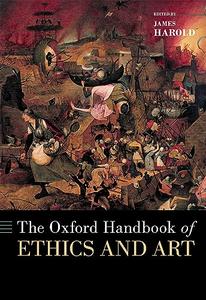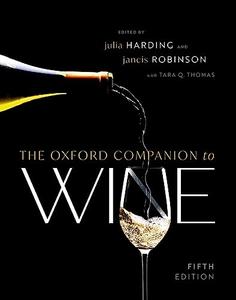
The Oxford Handbook of Ethics and Art
Posted on 26 Sep 19:08 | by Apple | 0 views

Free Download The Oxford Handbook of Ethics and Art
by Harold, James;
English | 2023 | ISBN: 0197539793 | 793 pages | True PDF | 91.39 MB
This volume is about how and whether art can be morally bad (or morally good). Politicians, media pundits, and others frequently complain that particular works of art are morally dangerous, or, sometimes, that particular works are morally edifying (the "great works" of literature, for example). But little attention is often given to the question of what makes art morally good in the first place. This comprehensive volume of forty-five new essays explores a wide variety of historical and theoretical perspectives, looking at different art forms and different problems.
Each section of the volume samples a mix of topics that have been widely discussed alongside those that have been less noticed by philosophers. What emerges is a sense of the great variety of different problems and approaches as well as some recurring and overlapping themes.
The essays in this volume put forth a deliberate effort to stretch beyond some of the debates and problems most familiar to Anglophone philosophers. Familiar topics and positions have been placed side by side in the volume with new and neglected ones, sometimes suggesting surprising connections and conflicts. The volume is divided into four sections: Historical Perspectives, Theoretical Approaches, Individual Arts, and Problems. Chapters in "Historical Perspectives" cover significant historical and cultural periods in which philosophical debates about ethics and art became salient, from ancient Greece and China to Japan, the Harlem Renaissance, and beyond. These chapters show the wide variety of different concrete practices that were associated with the idea of "art," as well as the great range of approaches to thinking about what constitutes an "ethical" concern. The section on "Theoretical Approaches" takes up questions about the relationship between moral and aesthetic evaluation, moral theories, and the familiar debate between "moralists," "autonomists," and others. The section on "Individual Arts" considers how moral questions arise in distinctive ways for different art forms, including traditional arts such as music, literature, and painting, and newer art forms such as video games. The final section, "Problems," takes up a variety of special ethical problems that arise in the arts, such as forgery, cultural appropriation, and moral learning.
Links are Interchangeable - Single Extraction
Related News
System Comment
Information
 Users of Visitor are not allowed to comment this publication.
Users of Visitor are not allowed to comment this publication.
Facebook Comment
Member Area
Top News



